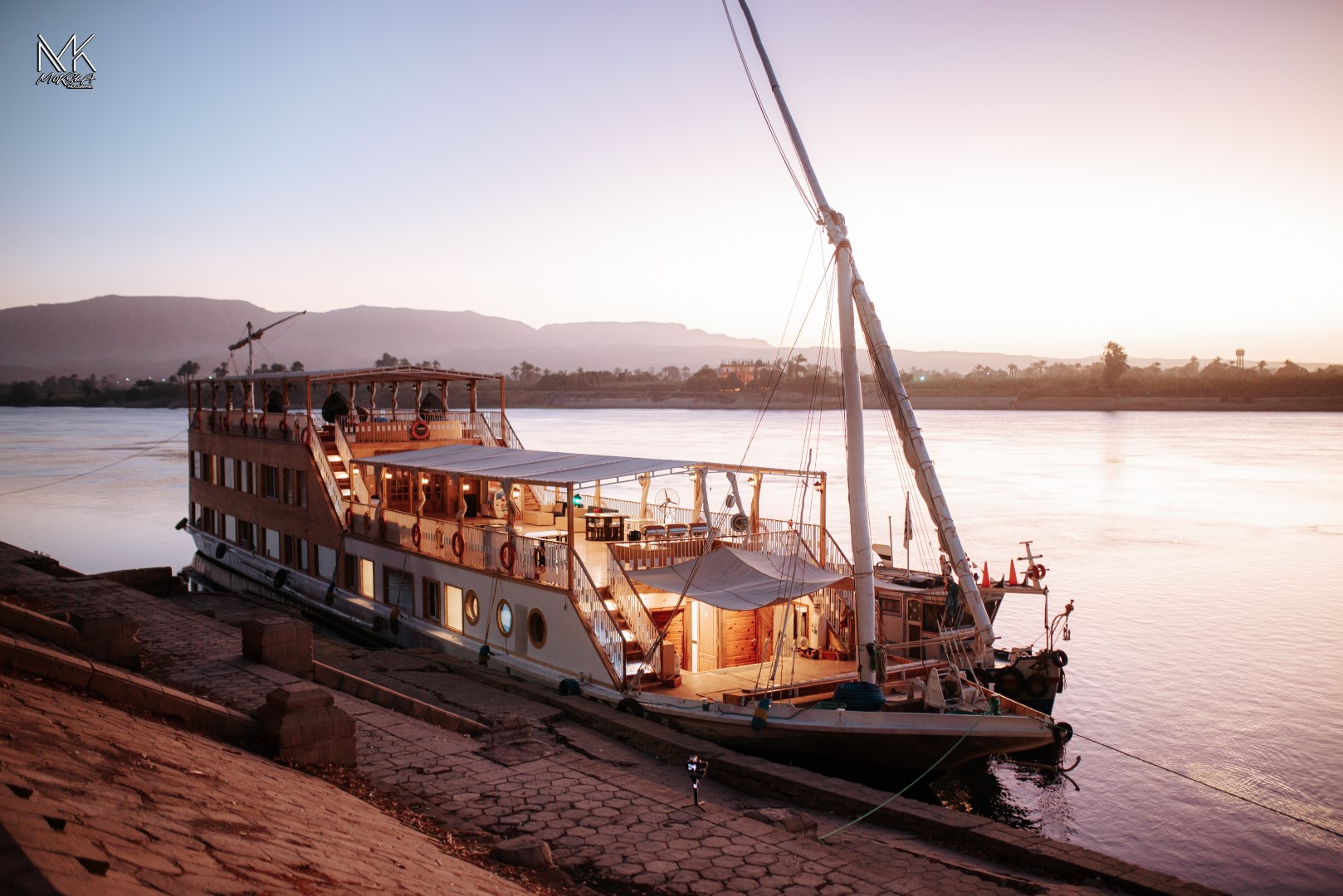The Ramesseum: Temple of Ramses III
The Ramesseum, located on the west bank of the Nile near Luxor, is one of the most significant ancient Egyptian temples dedicated to a pharaoh. Built by Pharaoh Ramses III, the Ramesseum is an extraordinary architectural achievement that offers a glimpse into the grandeur of Egypt's New Kingdom. This temple, with its monumental size and impressive artworks, is a remarkable example of Egyptian religious and funerary architecture.
History of the Ramesseum
The Ramesseum was constructed during the reign of Ramses III, who ruled from 1186 to 1155 BCE in the 20th Dynasty of the New Kingdom. It was designed as a mortuary temple dedicated to the god Amun-Ra, as well as a place to honor Ramses III himself after his death. The temple was built in the heart of the Theban Necropolis, in the shadow of the Valley of the Kings, where many of Egypt's greatest rulers were buried.
Ramses III, considered one of Egypt's last great pharaohs, is renowned for defending Egypt from invasions and ensuring its stability during his reign. The Ramesseum reflects his power and legacy, as it was meant to ensure the continuation of his memory and to serve as a site for religious rituals and offerings for the afterlife.
Architecture of the Temple
The Ramesseum was constructed using sandstone and granite, and it originally featured a massive gateway, an impressive courtyard, a large hall, and numerous smaller chambers and shrines. The temple complex was designed to be a reflection of Egypt's grandeur, and its scale is intended to showcase the strength and might of Ramses III.
The central part of the temple is a large open courtyard with towering columns. The columns are decorated with intricate reliefs depicting scenes from the reign of Ramses III, including his military victories over the Sea Peoples. The walls of the temple are adorned with vivid scenes of the pharaoh in battle, offering sacrifices to the gods, and receiving divine protection.
One of the most famous features of the Ramesseum is the colossal statue of Ramses III that once stood at the entrance of the temple. Although the statue has largely been destroyed, some remnants remain, including pieces of the statue's legs and torso, giving visitors a sense of the statue's once-massive scale.
The Wall Reliefs and Artwork
The reliefs found on the walls of the Ramesseum are among the most important artistic achievements of the New Kingdom. The walls tell the story of Ramses III's reign, with detailed depictions of his military campaigns, particularly the famous Battle of the Sea Peoples. These scenes not only highlight Ramses III's victories but also demonstrate the pharaoh's role as a protector of Egypt and his connection with the gods.
In addition to military scenes, the reliefs also depict religious rituals, such as offerings to the gods and the pharaoh's participation in sacred ceremonies. The artistic style of the Ramesseum reflects the grandeur and power of the pharaoh, with bold, well-defined figures and vivid depictions of Egyptian deities.
Decline and Rediscovery
As with many ancient Egyptian temples, the Ramesseum faced a slow decline over the centuries. After the death of Ramses III, the temple began to fall into disrepair, and its structures were eventually looted. The temple suffered further damage during the later periods of Egyptian history, and much of the statue and other monumental sculptures were destroyed or repurposed for building materials.
The site remained largely forgotten until the 19th century, when archaeologists began excavating the area. Today, the Ramesseum is a major tourist attraction, offering a window into the grandeur of ancient Egyptian architecture and art. Although much of the temple has been lost to time, the remaining ruins continue to tell the story of Ramses III and his legacy.
Visiting the Ramesseum Today
Today, the Ramesseum stands as a testament to the architectural and artistic achievements of ancient Egypt. Visitors to the site can explore the remains of the temple, including the massive columns, wall reliefs, and remnants of the colossal statue of Ramses III. The temple’s serene location, nestled in the Theban hills, provides an evocative atmosphere for those wishing to learn more about the grandeur of Egypt’s New Kingdom.
The Ramesseum is an essential stop for any visitor to Luxor, offering a deeper understanding of the religious and cultural practices of ancient Egypt. The temple’s military and religious imagery, along with its massive scale, make it one of the most impressive sites in the Theban Necropolis.


